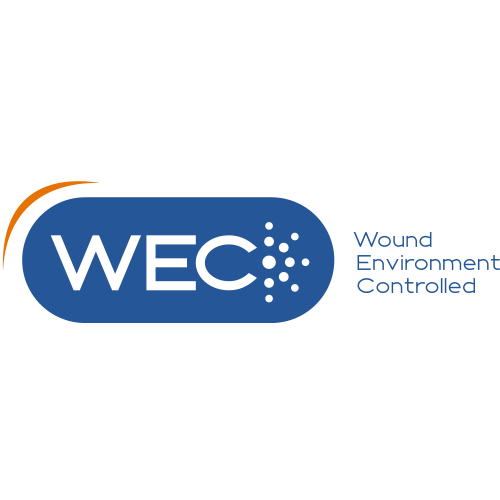

VistaCare enables you to choose the right treatment at the right time thanks to the WEC technology.
The WEC (Wound Environment Controlled) concept acts on the atmosphere around the wound that is placed uncovered (without dressing) inside the chamber. Controlling the environment favors each stage of the healing process.
Inside the chamber each one of the environmental parameters is regulated thus optimizing each of the physiological healing stages.
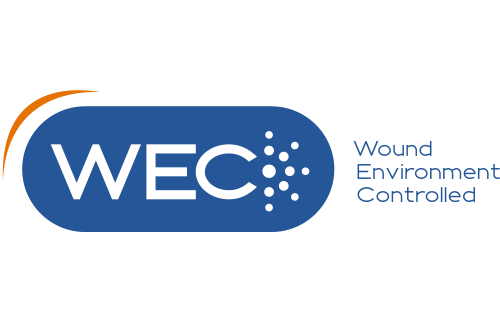
Wounds treated with VistaCareIndications for VistaCare Technology
A wound is a break in the skin which can subsequently be distinguished as an acute or chronic wound depending on the duration and cause of formation.
Our VistaCare device is developed to support all types of complex wounds regardless of their class (acute or chronic) and their etiologies (of venous, arterial or mixed origins, diabetic foot wounds and bedsores).
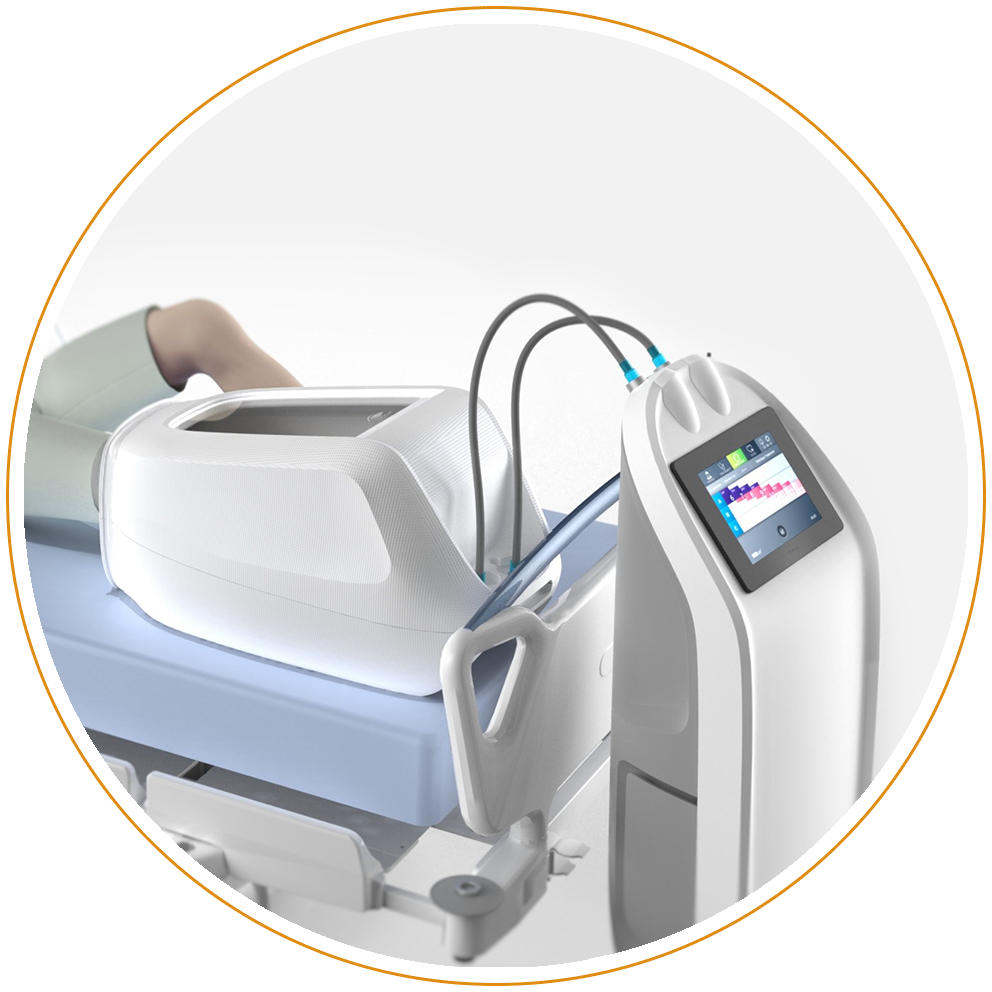
- ACUTE
- CHRONICLES
What is an acute wound?
What is a chronic wound?
The healing period is therefore lengthened due to a failure or an obstruction of the healing mechanisms.
Healing chronic wounds can be tedious and complicated.
Depending on the underlying disease, there are different types of chronic wounds such as:
– Vascular ulcers
– Diabetic foot wounds
– Certain complications on amputation stumps
– Bedsores
Wound healing stages
The healing process is mainly divided in four stages:
The debridement stage: It is divided into two parts. First, the vascular phase with the appearance of bleeding: the blood begins to clot (4 to 8 min) to create a platelet plug. Secondly, the inflammatory phase which will last between 1 and 4 days when macrophages and leukocytes come to digest the hematoma and secrete cytokines that will mark the inflammation which will stimulate the fibroblasts which will produce collagen. This stage often requires a debridement process.
The budding stage: It begins about four days after the onset of the wound; the granulation tissue is formed by the fibroblasts which will produce collagen and elastin and will stimulate the wound by the contraction of the myofibroblasts.
The epithelialization stage: The collagen fibers are remodeled. Epithelial cells come to cover the wound which contracts and closes.
The maturation stage: It will last between one and three years and concerns the remodeling of the scar in depth.
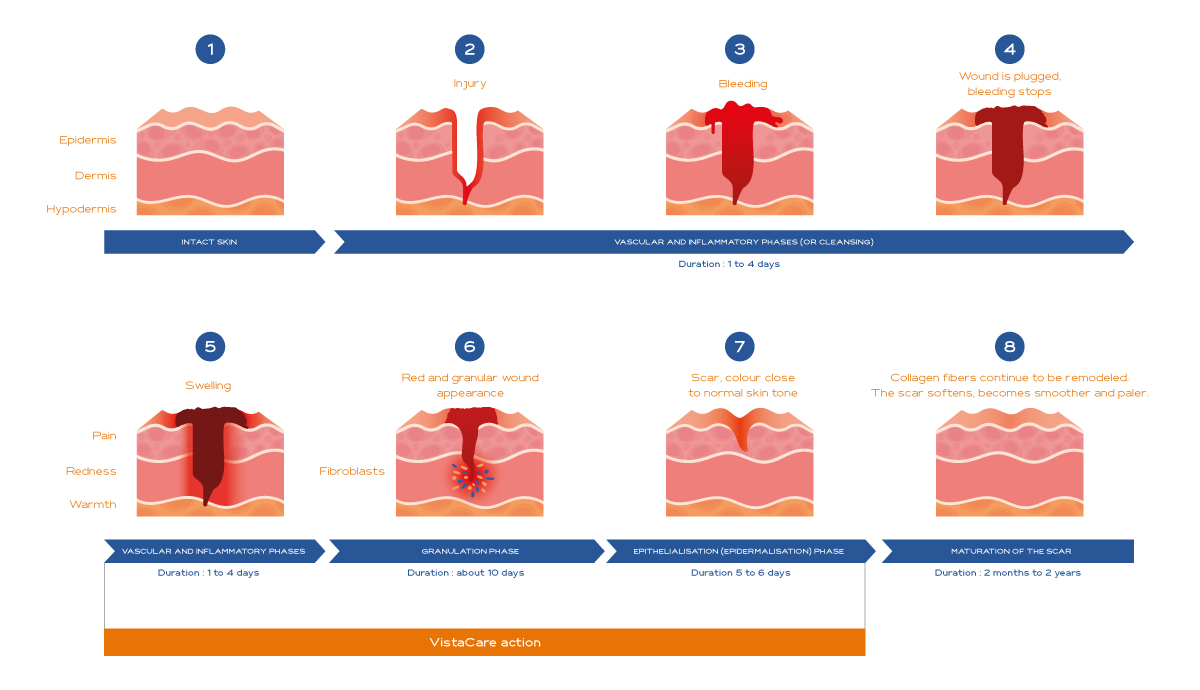
Details of healing stages
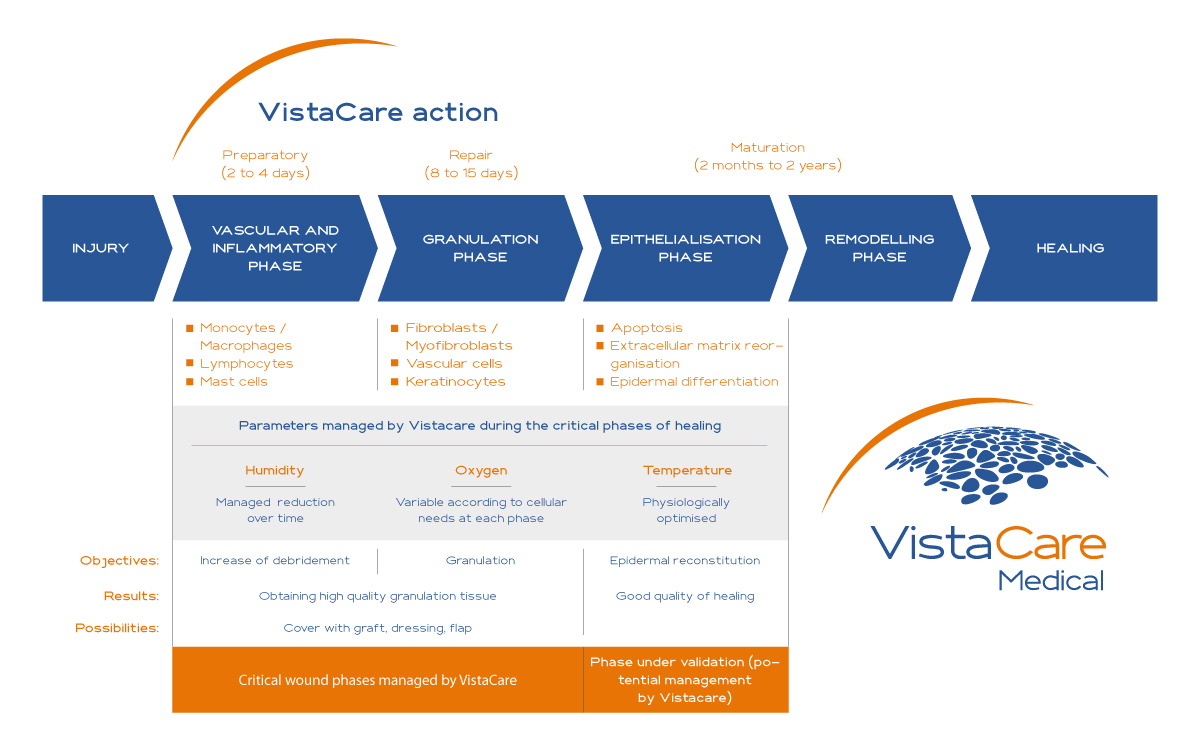
Positioning of VistaCare technology in the healing process
The VistaCare treatment episode ends as soon as the granulation is deemed sufficient with a satisfactory wound bed for it to be covered by dressings, autologous grafts, a dermal substitute or a flap.
During the inflammatory stage VistaCare plays a major role in cleansing thanks to a high level of hygrometry. This will facilitate the debridement of the wound by softening the necrosis and fibrin by promoting the action of proteases and growth factors and by accelerating the cell multiplication process.
During the budding/granulation stage, oxygen management promotes angiogenic action, procollagen synthesis and keratinocyte migration. The VistaCare treatment ends as soon as the granulation is deemed sufficient with a satisfactory wound bed for it to be covered by dressings, autologous grafts or a dermal substitute. Studies will need to be conducted to confirm the interest of an extension of VistaCare to increase the efficiency of engraftment.
In the epithelialization stage, the drop in hygrometry follows the needs of the wound, promoting cell differentiation.

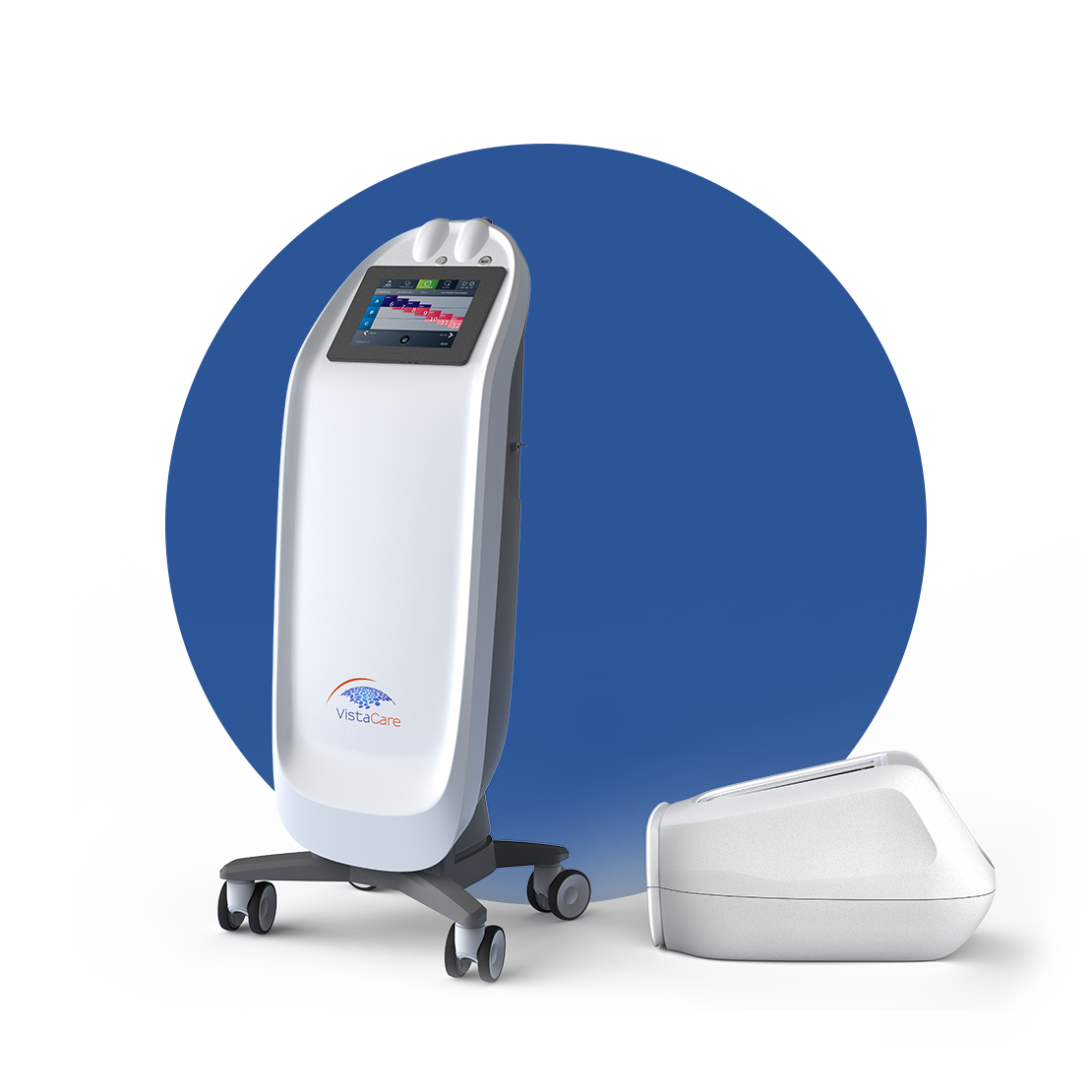
OUR SOLUTIONVistaCare Technology
The VistaCare device makes it possible to create and modulate the sterile environment of the wound by acting on the temperature as well as the rate of humidity and oxygen of the air inside an airtight chamber where the lower limb will be placed.
This chamber is connected to an atmosphere generator which allows the programmation of a sterile and chosen atmosphere which is adapted to the healing stage of the wound identified by the caregiver.